Health Benefits of Moringa Noodles:
- Rich in Nutrients:
- Moringa is packed with essential vitamins and minerals, including vitamin C, vitamin A, calcium, potassium, and iron. This nutrient-dense profile supports overall health, from boosting the immune system to promoting healthy bones and skin.
- High in Protein:
- Moringa contains all nine essential amino acids, making it a complete protein. This is particularly beneficial for vegetarians and vegans looking to increase their protein intake.
- Anti-Inflammatory and Antioxidant Properties:
- Moringa is rich in antioxidants like quercetin and chlorogenic acid, which help reduce inflammation and protect the body from oxidative stress. These properties make moringa noodles a great choice for supporting heart health and reducing the risk of chronic diseases.
- Supports Digestion:
- The fiber content in moringa helps promote healthy digestion and can relieve constipation. Incorporating moringa noodles into your diet can contribute to better gut health.
- Blood Sugar Regulation:
- Studies suggest that moringa can help regulate blood sugar levels, making it a good choice for people managing diabetes or those looking to prevent blood sugar spikes.
- Boosts Immunity:
- The high concentration of vitamins, minerals, and antioxidants in moringa strengthens the immune system and helps the body fight infections and illnesses.
How Moringa Noodles Are Made:
Moringa noodles can be made using moringa powder or fresh moringa leaves, which are incorporated into the noodle dough. Here’s a general outline of the process:
- Moringa Powder Noodles:
- Step 1: Moringa leaves are dried and ground into a fine powder. This powder is then mixed with flour (such as wheat, rice, or millet flour) and salt.
- Step 2: Water is added gradually to the flour mixture to form a dough.
- Step 3: The dough is kneaded until it reaches a smooth, firm consistency.
- Step 4: The dough is then shaped into noodles using a noodle press or pasta machine, or it can be rolled out and cut by hand.
- Step 5: The noodles are cooked in boiling water until tender and then drained.
- Fresh Moringa Leaf Noodles:
- Step 1: Fresh moringa leaves are blended with a small amount of water to create a paste.
- Step 2: The moringa paste is mixed with flour and salt to form a dough.
- Step 3: The dough is kneaded, shaped into noodles, and cooked as described above.
Cooking with Moringa Noodles:
Moringa noodles have a mild, earthy flavor that pairs well with a variety of ingredients. Here are some ways to use them in your cooking:
- Stir-Fries:
- Cook moringa noodles and stir-fry them with vegetables, tofu or shrimp, and a light sauce made from soy sauce, garlic, and sesame oil. The moringa adds a subtle, healthful boost to the dish.
- Noodle Bowls:
- Create a nutrient-packed noodle bowl by combining moringa noodles with fresh greens, roasted vegetables, and a protein source like grilled chicken or tempeh. Top with a flavorful dressing made from lime juice, ginger, and honey.
- Soups:
- Add moringa noodles to clear broths or hearty soups for a nutritious twist. They work well in both light vegetable soups and richer, coconut-based broths.
- Cold Noodle Salads:
- Use moringa noodles in cold salads, mixing them with crunchy vegetables, nuts, seeds, and a tangy dressing for a refreshing, nutrient-dense meal.
- Fusion Dishes:
- Moringa noodles can be used in fusion dishes, combining them with different cuisines’ flavors, such as Mediterranean-style pasta with olive oil, garlic, and roasted vegetables, or Thai-inspired noodle dishes with coconut milk and lime.
Storage and Availability:
- Storage: Dried moringa noodles should be stored in an airtight container in a cool, dry place. Fresh noodles can be refrigerated and used within a few days.
- Availability: Moringa noodles are becoming more popular and can be found in health food stores, organic grocery stores, and online retailers. You can also make them at home if you have access to moringa powder or fresh leaves.









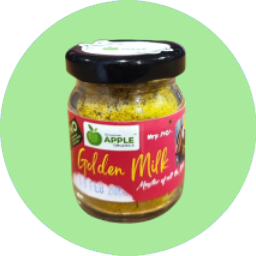












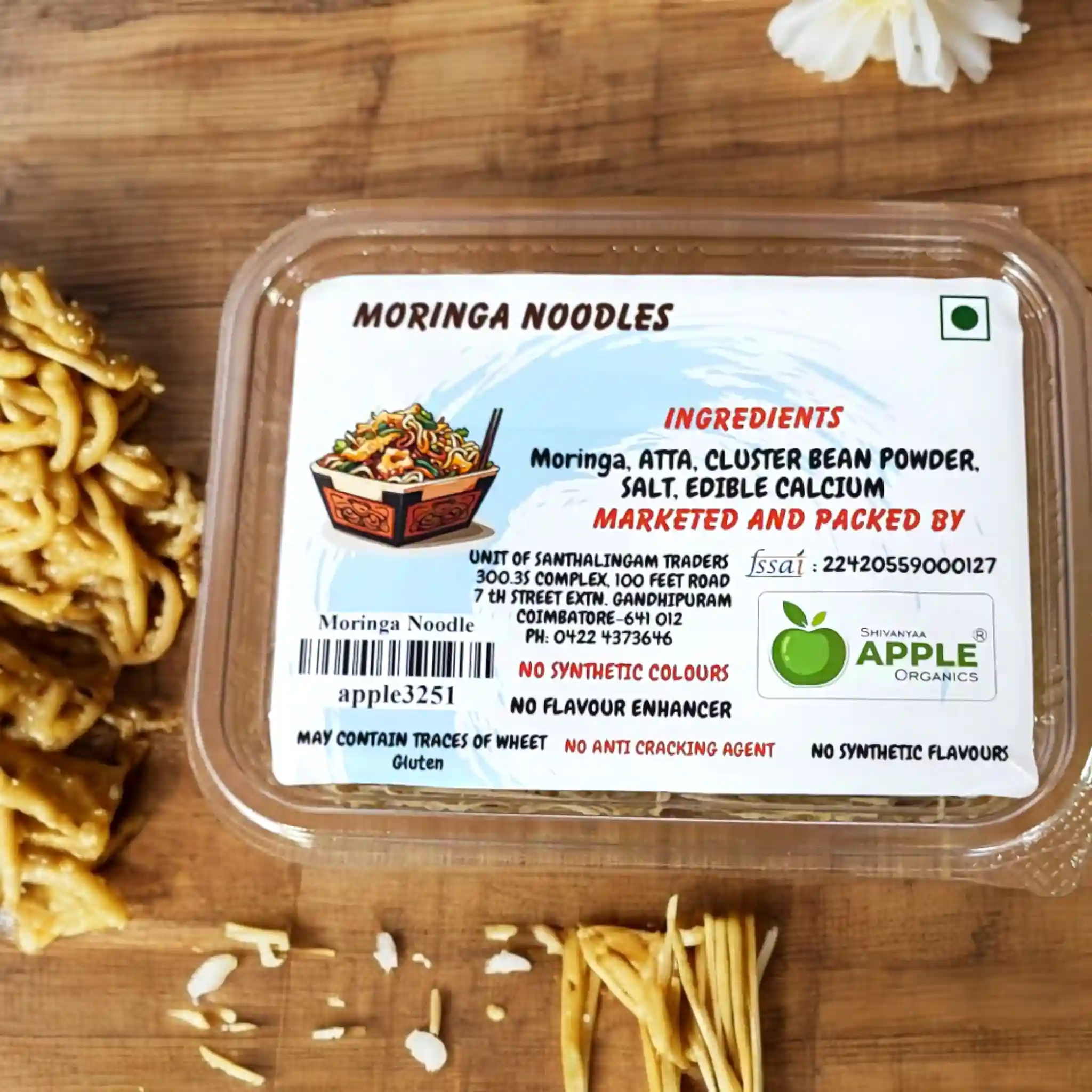
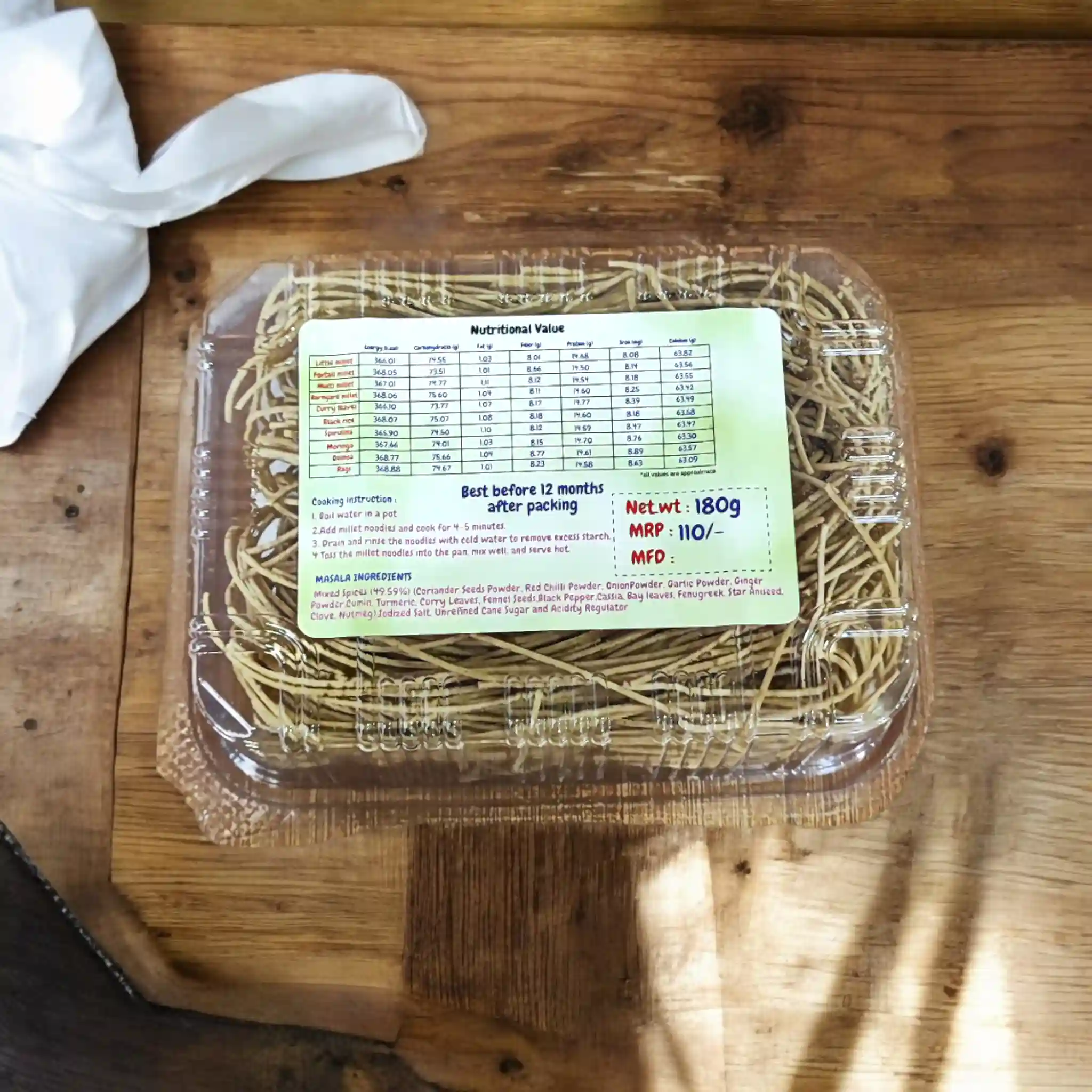
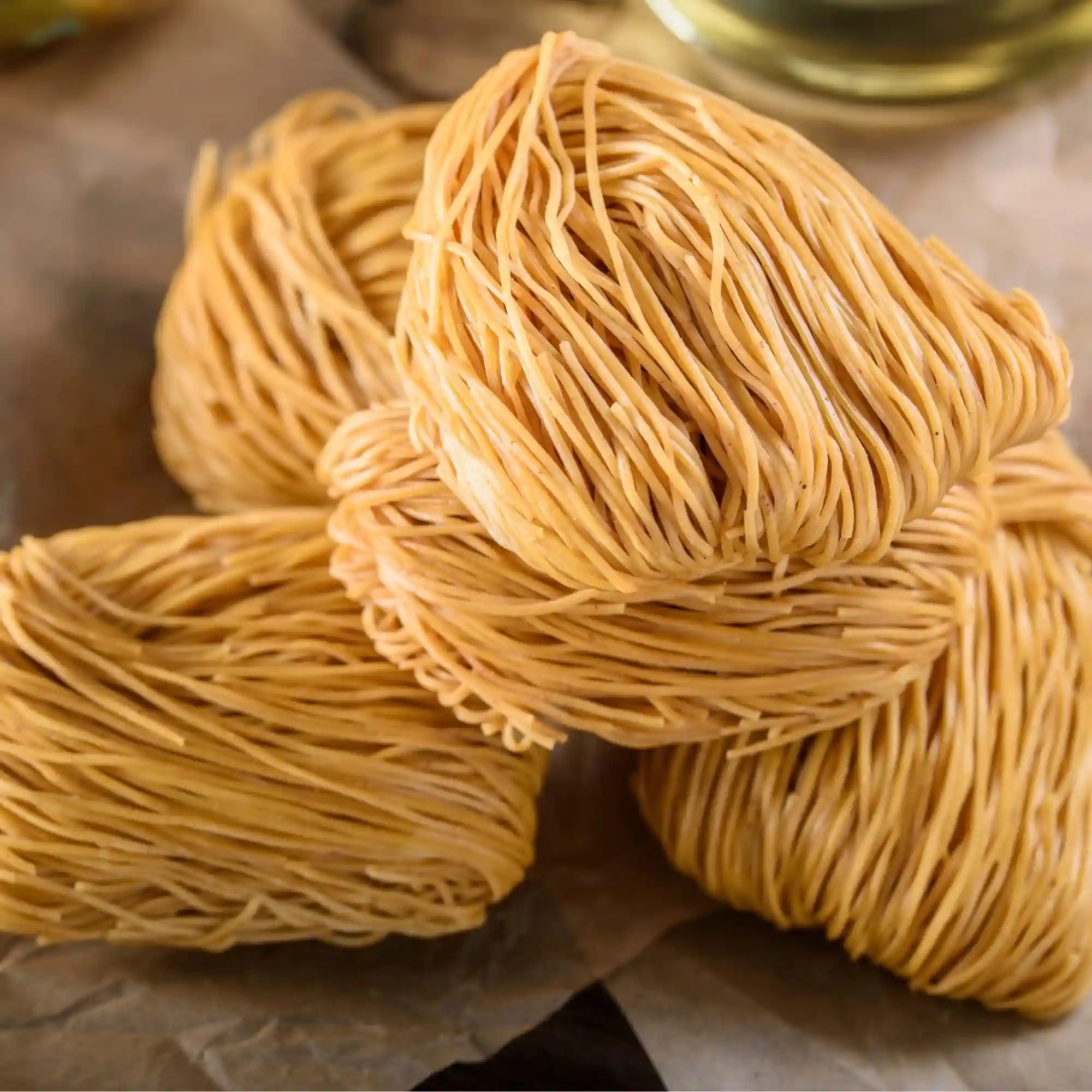
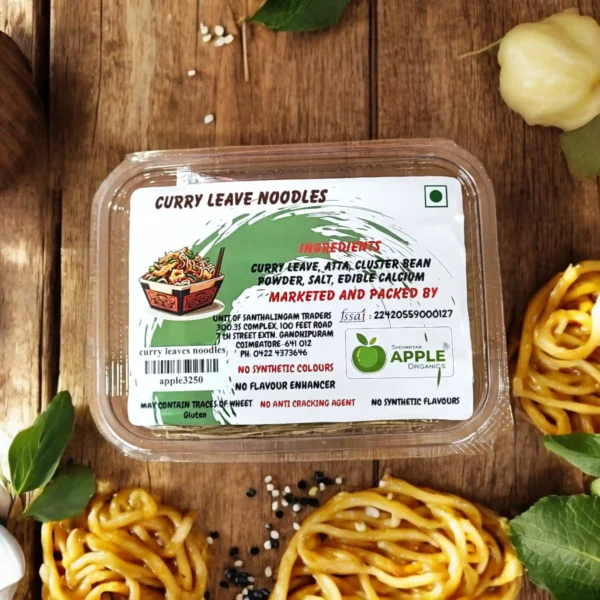
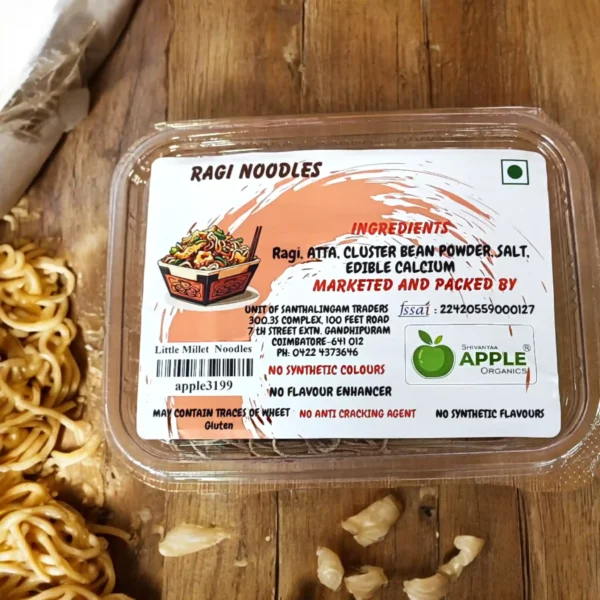
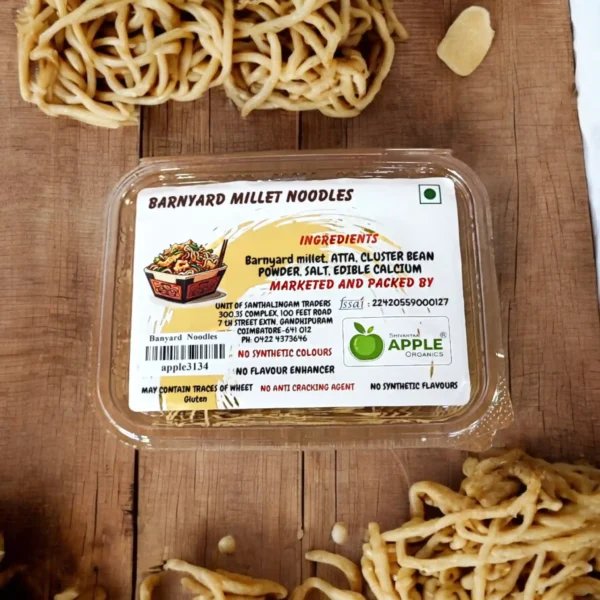
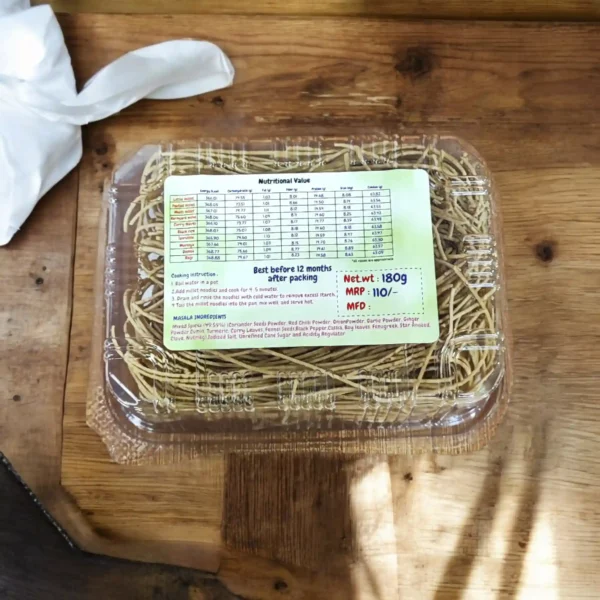


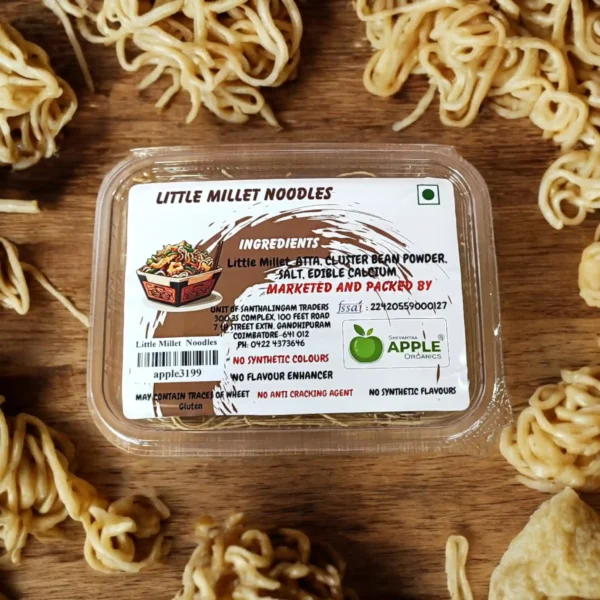
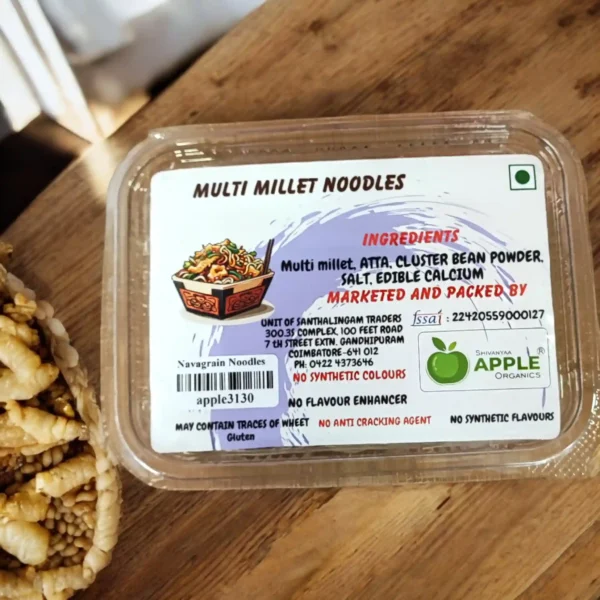



Reviews
Clear filtersThere are no reviews yet.